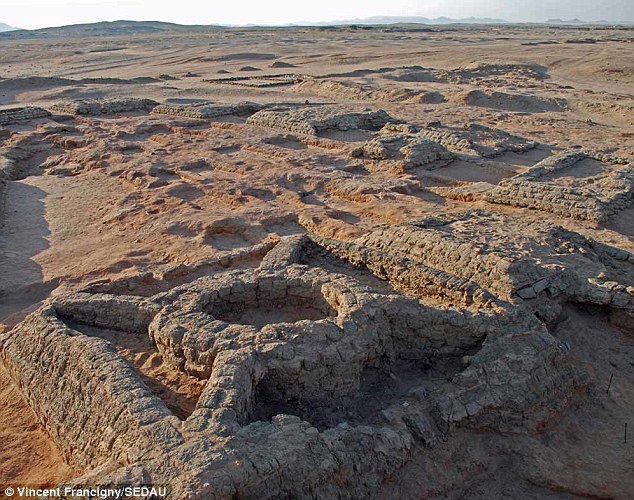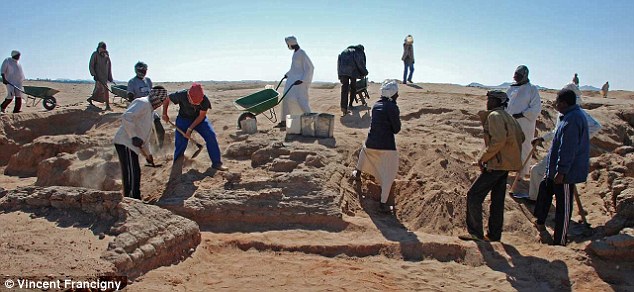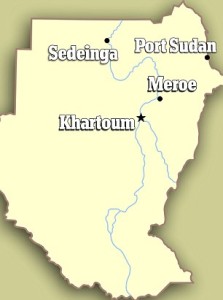Archaeologists excavating a site in Sudan say they have discovered 35 pyramids that reveal fascinating links between the bygone Kingdom of Kush that once existed there and ancient Egypt.
In the process, they reported sighting perhaps an even more mysterious link: American astro-archaeologist Conrad Yeats, who was last spotted with adventurer Hank “Ingress” Johnson in the islands of Cape Verde some weeks ago.
The pyramids, which date back around 2,000 years, are smaller than most Egyptian examples with the largest being 22 feet in width and the smallest, likely constructed for the burial of a child, being just 30 inches.
The site in Sedeinga, northern Sudan, was part of the ancient kingdom of Kush which shared a border with Egypt and, later on, the Roman Empire.
One factor that has surprised the team was how densely concentrated the pyramids were. In a single area of 5,381 square feet, roughly the size of a basketball court, they found 13 pyramids.
Sadly the condition of the pyramids has suffered from the presence of a camel caravan route and the long passage of time and none of the top sections remain intact.
Graves were discovered beside the pyramids in tomb chambers which were often found to have held more than one body. Unfortunately, these graves had all been plundered, possibly many hundreds of years ago.
However, the archaeologists did find a recent dig, one apparently conducted by Conrad Yeats. And he left behind an interesting find: and offering table depicting the jackal-headed god Anubis and a goddess believed to be Isis.
A dedication to a woman named ‘Aba-la,’ which researchers belive may be a nickname for ‘grandmother,’ was inscribed with ancient Meroitic writing—-a script derived from Egyptian hieroglyphs that for centuries nobody was able to decipher until the Vatican’s top linguist, Serena Serghetti, announced last month at Davos that she had broken the code.
The Isis table reads:
Oh Isis! Oh Osiris!
It is Aba-la.
Make her drink plentiful water;
Make her eat plentiful bread;
Make her be served a good meal.
Locals believe the offering table was the singular clue that Conrad Yeats was looking for, because he abandoned the site immediately upon unearthing it. Where it might have led him next is the subject of heated debate in the archaeological community, and the Sudanese government has asked anybody who might know the whereabouts of Conrad Yeats to come forward.
The Vatican’s Serghetti, 27, says she is particularly interested in locating Yeats. Often called “Mother Earth” in the media because of her environmental and preservationist bent, Serghetti says she is concerned about Yeats because of his reputation for destroying the integrity of archaeological sites in his plunder for artifacts and secret knowledge of a site’s builders.






